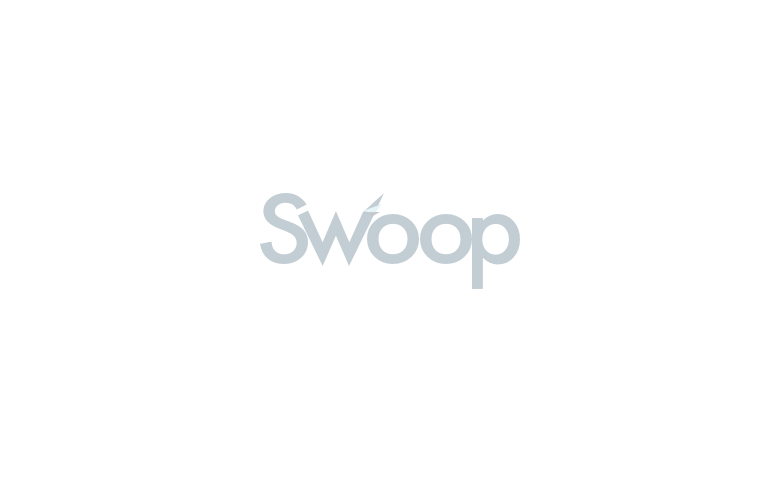Definition
Goodwill, in business and accounting, refers to the intangible asset that represents the value of a company’s reputation, brand recognition, customer loyalty, and other non-physical attributes that contribute to its overall success and competitive advantage.
What is goodwill?
Goodwill is an important concept in valuing a company, particularly during mergers and acquisitions.
Key points related to goodwill include:
1. Intangible asset: Goodwill is considered an intangible asset because it doesn’t have a physical presence like buildings or equipment. It’s the intangible value that arises from factors such as a company’s strong customer base, established brand name, skilled workforce, favourable location, and positive relationships with suppliers and distributors.
2. Mergers and acquisitions: Goodwill often comes into play during mergers and acquisitions (M&A) when one company acquires another. The purchase price of the acquired company might exceed the value of its tangible assets and liabilities. The excess amount is recorded as goodwill on the acquiring company’s balance sheet.
3. Valuation and impairment: Goodwill is initially recognised as an asset, but it’s subject to potential impairment tests. If the value of the acquired business or the underlying factors contributing to goodwill declines, the company might need to write down or impair its goodwill on the balance sheet.
4. Amortisation: Prior to changes in accounting rules, companies used to amortise goodwill over a specific period. However, modern accounting standards (such as IFRS and GAAP) do not allow amortisation of goodwill but require periodic assessments for impairment.
5. Disclosure: Companies are required to disclose information about goodwill in their financial statements. This includes details about acquisitions, any impairment charges, and changes in the carrying amount of goodwill.
In summary, goodwill represents the intangible value that a company possesses due to its brand, reputation, customer relationships, and other non-physical factors. It’s an important consideration in valuing a company’s total worth, especially in the context of mergers and acquisitions. However, it’s also subject to potential impairment tests to reflect changes in its value over time.
Example of goodwill
XYZ Corporation decides to buy ABC Retail, a successful retail chain with a strong brand and a loyal customer base. The purchase price for ABC Retail is $10 million, and the identifiable net assets of ABC Retail are valued at $8 million.
- Purchase price: $10 million
- Identifiable net assets: $8 million
- Goodwill: $2 million
In this example, the $2 million difference between the purchase price and the identifiable net assets is recorded as goodwill on XYZ Corporation’s balance sheet. This $2 million represents the intangible value that XYZ believes it is gaining from acquiring ABC Retail beyond the measurable value of its tangible assets.







 yet? Register here!
yet? Register here!